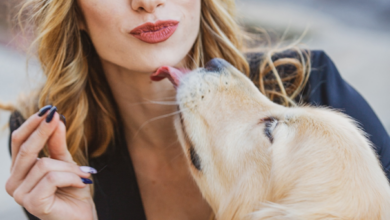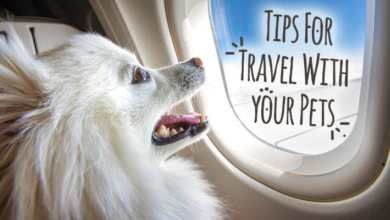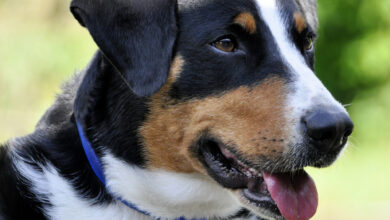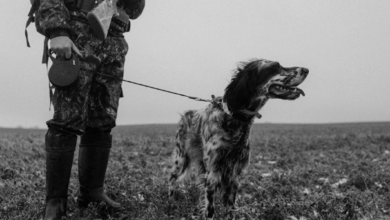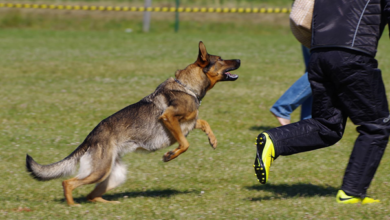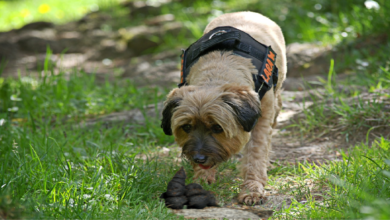9 Easy Tricks You Can Teach Your Dog at Home
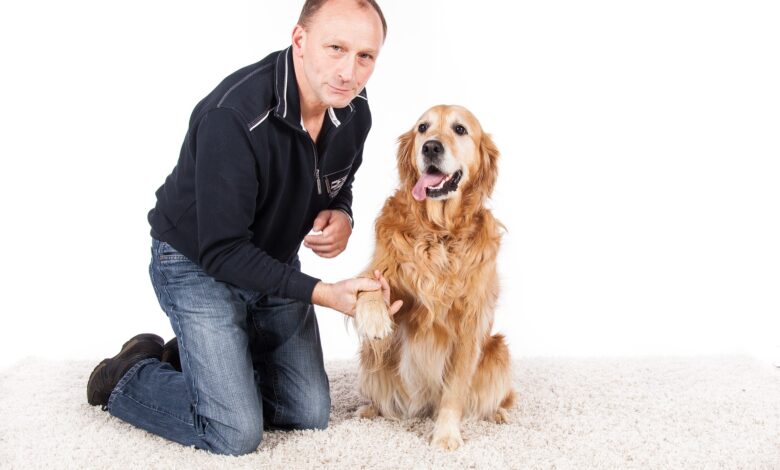
Want to see the 9 most important commands every dog should know?
Dogs enjoy the learning process when their owners entertain them and give them plenty of treats.
1. Speak
Encouraging your dog to bark on command is easy if your pit is naturally vocal, but it can take a bit longer to train if your dog is on the quiet side. Start by getting your dog excited by tossing a ball or talking in an excited tone, then put your dog in a sit position and wave the treat in your dog’s nose. Keep waving a treat without letting your dog see it until your dog winds or cries. As soon as your dog makes a sound, reward your dog with a treat repeat the process but uses the command speak as your dog begins to make noise. Do not reward your dog until it makes noise, and always tell your dog hush or enough and walk away when you want. Your dog to stop if your dog tends to bark excessively. Use this trick only when your dog is in a sitting position. Marking everything that walks by your front window should not be encouraged and should never be reported with treats or praise.
2. Shake hands teaching
A dog to shake hands is generally pretty easy because some dogs naturally raise their palm when asking for a treat start by putting your dog in a sit position move it towards the ground near the dog’s paw as the dog raises his paw in anticipation, use the verbal cue shake, give it the treat, then praise your dog enthusiastically as you practice this, hold your hand gradually higher so the doc must raise his paw higher to gain a treat. Your goal is to have the dog raise his paw to the chest height. Keep practicing and always use the same paw for training others for his left. Once your dog is shaking hands on command, you can start to eliminate the treats and offer happy praise instead number three high five. As your dog masters the shake command, it’s a simple matter to teach him to do a high five. Start by working on the shake command but begin to hold your palm out, and as the dog hits your palm, give the command high five treat and praise your dog immediately. Your goal here is to get the dog to raise his paw as high as possible and to touch your open palm.
3. High five
As your dog masters the shake command, it’s a simple matter to teach him to do a high five. Start by working on the shake command but begin to hold your palm out, and as the dog hits your palm, give the command high five treat and praise your dog immediately. Your goal here is to get the dog to raise his paw as high as possible and to touch your open palm.
4. Stay.
Gradual training makes it easier for your dog to learn the “stay” command. Reward the dog for waiting 2 seconds, then gradually increase the time.
To make training more difficult, try moving away from your dog once he learns the commands. Let’s do it step by step again – start with one step distance and increase the distance.
5. Talk and keep silent.
These commands are highly desirable for breeds that are prone to barking. If you have a dog that barks a lot, teaching it the “talk” command is very easy.
To keep your dog motivated, it’s a good idea to vary the number of times you say the “speak” command before saying “quiet”.
come fifth
“Come” is his one of the dog’s most important commands. It is important that the dog does not associate it with bad experiences.
Help your dog associate the “come” command with good things by teaching him rewards.
6. With me.
The “together” command is useful during walks. More specifically, your dog should come up to you and sit next to your left leg.
Whenever your dog runs away, this command is very useful to keep him close to you.
7. Leave it alone.
The “Leave it” command is a bit more sophisticated. It has three parts.
However, with the right approach, you should have no trouble teaching your dog the “leave alone” command.
This command shows its value not only during walks, but also for other behavioral problems that dog owners often encounter.
8. Give or shake a leg. “Paw up” (or “shake”)
Is another basic command that almost all dog owners try with their pets.
But why not go one step further? You can teach your dog to give one paw and then the other.
When the dog begins to raise its paw, you can add a “Pick up the other paw” command.
9. Standing.
No special technique is required to teach your dog to stand. All you need is a treat that will entice your dog to get up from a sitting or lying position.
After a few days of training absolutely repeated, your dog should learn the “stand” command. It allows you to have a little more control over your dog and is especially useful for energetic and playful dogs.
